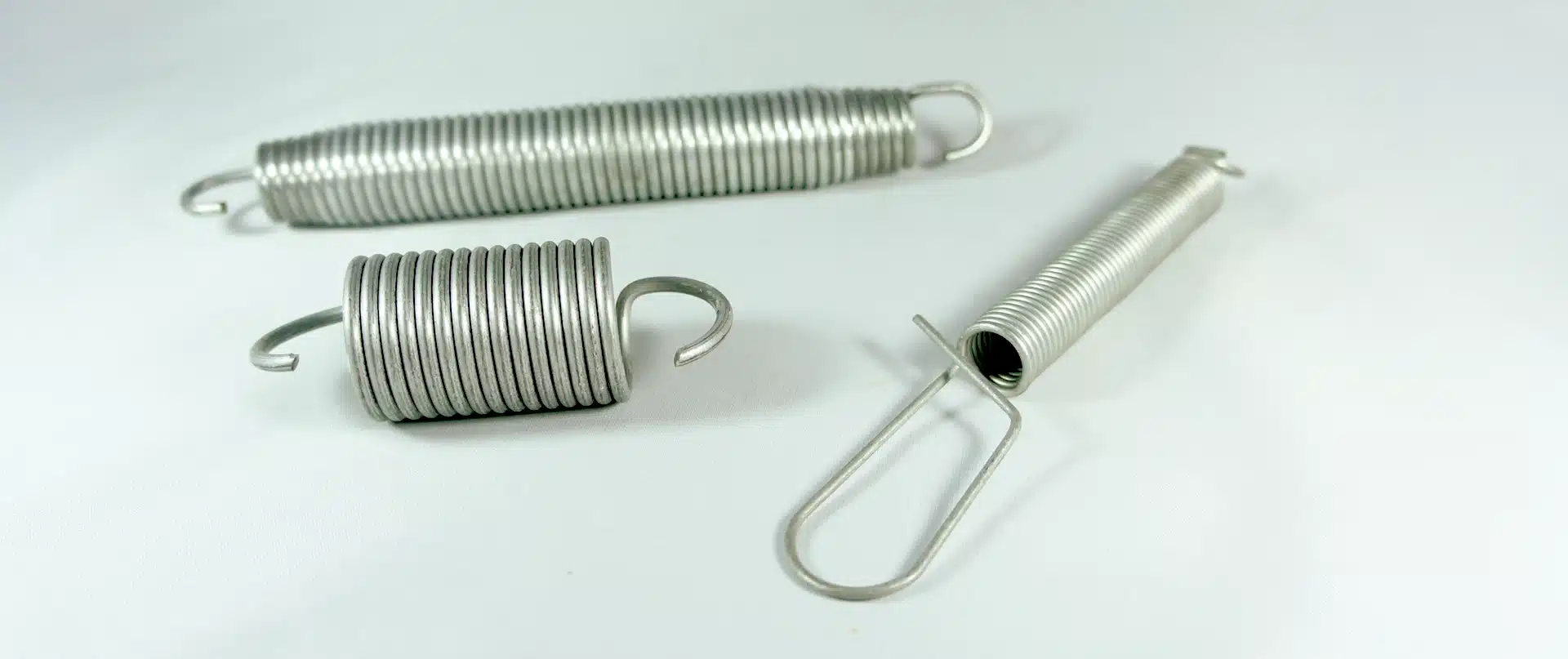Extension springs are an essential component of many mechanical systems, providing the necessary force to move and operate various machinery. However, like any other mechanical component, extension springs require proper care and maintenance to ensure they function optimally for an extended period. Maximizing the durability and lifespan of extension springs is crucial for preventing downtime, reducing repair costs, and extending the life of your machinery.
In this article, we’ll share some essential tips for maintaining and caring for your extension springs to ensure they perform at their best and last as long as possible. Whether you’re a DIY enthusiast or a seasoned professional, these tips will help you keep your extension springs in top condition and avoid costly breakdowns and repairs down the road.
So, buckle up as we take you through some of the best practices for maximizing the durability and lifespan of your extension springs.
Types of Extension Springs
Extension springs come in different shapes and sizes, and they’re designed to meet various mechanical applications. The most common types of extension springs include:
Cylindrical Extension Springs
Cylindrical extension springs are the most common type of extension springs and are widely used in various mechanical systems. These springs have a helical shape and work by extending when they’re pulled. They’re often found in garage doors, trampolines, and industrial machinery.
Conical Extension Springs
Conical extension springs are another type of extension spring that’s commonly used in various mechanical systems. These springs have a conical shape, and they’re designed to offer more stability and resistance than cylindrical extension springs. They’re often used in industrial machinery, automotive suspension systems, and door locks.
Rectangular Extension Springs
Rectangular extension springs are less common than cylindrical and conical extension springs, but they’re still used in various mechanical systems. These springs have a rectangular cross-section and are often used in agricultural machinery, construction equipment, and automotive applications.
The Importance of Maintenance for Extension Springs
Just like any mechanical component, extension springs require proper care and maintenance to ensure they function optimally for an extended period. Failure to maintain your extension springs can lead to premature wear and tear, which can result in costly repairs and downtime. Regular maintenance of your extension springs can help prevent these issues and ensure that they last as long as possible.
Signs of Wear and Tear on Extension Springs
It’s essential to keep an eye out for signs of wear and tear on your extension springs, as this can help you detect any issues early on and prevent costly repairs down the road. Some common signs of wear and tear on extension springs include:
Reduced Tension
If you notice that your extension springs are no longer providing the necessary force to operate your machinery, this could be a sign that they’re starting to wear out. Reduced tension can be caused by several factors, including corrosion, fatigue, and overuse.
Deformation
Deformation is another common sign of wear and tear on extension springs. If you notice that your springs have become misshapen or bent out of shape, this could be a sign that they’re no longer working as they should. Deformation can be caused by excessive force, heavy loads, or improper maintenance.
Corrosion
Corrosion is a common issue that can affect extension springs, especially those that are exposed to moisture or harsh environmental conditions. Corrosion can cause your springs to weaken and eventually break, so it’s essential to keep an eye out for any signs of rust or corrosion.
Tips for Maintaining Extension Springs
Maintaining your extension springs isn’t complicated, but it does require some effort and attention to detail. Here are some essential tips for maintaining your extension springs and ensuring they perform at their best for an extended period:
Regular Inspection
Regular inspection is the cornerstone of proper maintenance for extension springs. You should inspect your springs regularly for any signs of wear and tear, deformation, or corrosion. This will help you detect any issues early on and prevent costly repairs down the road.
Lubrication
Lubrication is another essential aspect of maintaining extension springs. Proper lubrication can help reduce friction and wear on your springs, which can help extend their lifespan. Be sure to use a high-quality lubricant that’s specifically designed for extension springs, and apply it according to the manufacturer’s instructions.
Cleaning
Cleaning your extension springs is also essential for proper maintenance. Use a soft cloth or brush to remove any dirt, debris, or rust that may have accumulated on your springs. Avoid using harsh chemicals or abrasive materials that could damage your springs.
Storage
If you’re not using your extension springs for an extended period, it’s essential to store them properly. Keep them in a dry, cool place, and avoid exposing them to moisture or extreme temperatures. This will help prevent corrosion and ensure that your springs remain in top condition.
Lubrication Techniques for Extension Springs
Lubrication is an essential aspect of maintaining extension springs, and there are several lubrication techniques you can use to ensure your springs perform at their best. Some common lubrication techniques for extension springs include:
Dip Lubrication
Dip lubrication involves submerging your extension springs in a lubricant bath to ensure that they’re coated with a layer of lubricant. This technique is suitable for small springs and can help ensure that the lubricant reaches all parts of the spring.
Spray Lubrication
Spray lubrication involves using a spray bottle or aerosol can to apply lubricant to your extension springs. This technique is suitable for larger springs and can help ensure that the lubricant reaches all parts of the spring.
Brush Lubrication
Brush lubrication involves using a brush to apply lubricant to your extension springs. This technique is suitable for springs that are difficult to reach or that require a more precise application of lubricant.
Common Mistakes to Avoid When Maintaining Extension Springs
Maintaining extension springs can be a straightforward process, but there are some common mistakes you should avoid to ensure that your springs perform at their best. Some common mistakes to avoid when maintaining extension springs include:
Over-lubrication
Over-lubrication can be just as harmful as under-lubrication, as it can cause your extension springs to collect dirt and debris, which can lead to corrosion and wear. Be sure to follow the manufacturer’s instructions when applying lubricant and avoid applying too much.
Using the Wrong Lubricant
Using the wrong lubricant can also be harmful to your extension springs, as it can cause them to wear out quickly or become damaged. Be sure to use a high-quality lubricant that’s specifically designed for extension springs and follow the manufacturer’s instructions for application.
Neglecting Regular Maintenance
Neglecting regular maintenance can lead to premature wear and tear on your extension springs, which can result in costly repairs and downtime. Be sure to inspect your springs regularly and address any issues promptly to ensure they perform at their best.
When to Replace Extension Springs
Despite your best efforts to maintain your extension springs, there will come a time when they need to be replaced. It’s essential to be aware of the signs that your extension springs need to be replaced, as this can help prevent costly repairs and downtime. Some common signs that your extension springs need to be replaced include:
Reduced Tension
If your extension springs are no longer providing the necessary force to operate your machinery, this could be a sign that they need to be replaced.
Deformation
If your extension springs have become misshapen or bent out of shape, this could be a sign that they’re no longer working as they should and need to be replaced.
Corrosion
If your extension springs are severely corroded, this could be a sign that they need to be replaced. Corrosion can weaken your springs and eventually cause them to break, so it’s essential to address this issue promptly.
Conclusion
Extension springs are an essential component of many mechanical systems, and proper maintenance is essential for ensuring they function optimally for an extended period.
By following the tips and techniques outlined above, you can help maximize the durability and lifespan of your extension springs and avoid costly repairs and downtime.
Remember to inspect your springs regularly, apply lubricant correctly, avoid common maintenance mistakes, and replace your springs when necessary.
With these tips and techniques, you can keep your extension springs in top condition and ensure that they perform at their best for years to come.
If you have questions about your particular spring give us a call.

National Springs and Wire Products NZ Ltd is New Zealand’s most comprehensive solution provider for springs and wire forms. Our unrivalled in-house design and development expertise ensures that you get the right solution for your specific project. Our state-of-the-art CNC equipment delivers high-quality, accurate and consistent product flow – fast.


